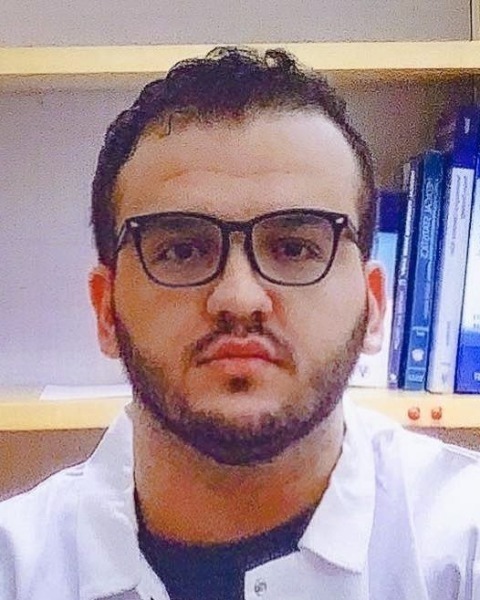Abstract Session
Abstract Session
(AS1) A Novel Glioma Model via Depleting Tumor Suppressing Genes in Human Brain Organoids
Monday, April 24, 2023
1:59pm - 2:07pm PST
Location: Los Angeles Convention Center, 402AB

Ahmed Habib
Researcher
University of Pittsburgh
Pittsburgh, Pennsylvania, United States
Presenting Author(s)
Disclosure(s):
Ahmed Habib, n/a: No financial relationships to disclose
Introduction: Glioblastoma (GBM) remains the most fatal primary brain tumor in adults. The immense heterogeneity and complex genetic landscape of GBM have led to high rates of treatment resistance and concurrently underscored the need for stout pre-clinical models that recapitulate the cytoarchitectural features and the tumorigenesis of human GBM.
Methods: we generated human embryonic stem cell-based cerebral organoids Using a modified Lancaster protocol. We then engineered a doxycycline-inducible TP53-PTEN-NF1 multiplex shRNA construct with a Nestin promoter with the aim of depleting the products of these key tumor suppressor genes in a defined, Nestin-positive progenitor cellular niche within the human brain organoid. We then fully characterized the resultant model phenotypically and genotypically to examine the effect of the triple gene depletion.
Results: Doxycycline treatment resulted in human GBM-like growth within the cerebral organoids that effaced the entire organoid cytoarchitecture, while uninduced cerebral organoids recapitulated the normal cytoarchitecture of the brain. Immunofluorescence microscopy as well as qPCR analysis for Nestin, TP53, PTEN, and NF1 revealed a significant (p < .0001) decrease of all 3 proteins only in the Nestin-positive areas. the mutational signatures from GBM-like organoids were consistent with the SBS5 mutational signature in the Catalogue of Somatic Mutations in Cancer (COSMIC), which contains GBM as a disease entity. Transcriptomic analysis of the cancerous organoids using RNA sequencing revealed a proneural GBM subtype.
Conclusion : This is a first-of-its-kind Glioma model that represents an invaluable resource for investigating specific genetic alterations in a normal tissue/cell-type context enabling the direct visualization, emergence, and progression of malignancy in human GBM in vitro. Such model systems, coupled with existing platforms, would advance our understanding of disease pathogenesis, accelerate drug discovery, and improve outcomes for GBM patients.
Methods: we generated human embryonic stem cell-based cerebral organoids Using a modified Lancaster protocol. We then engineered a doxycycline-inducible TP53-PTEN-NF1 multiplex shRNA construct with a Nestin promoter with the aim of depleting the products of these key tumor suppressor genes in a defined, Nestin-positive progenitor cellular niche within the human brain organoid. We then fully characterized the resultant model phenotypically and genotypically to examine the effect of the triple gene depletion.
Results: Doxycycline treatment resulted in human GBM-like growth within the cerebral organoids that effaced the entire organoid cytoarchitecture, while uninduced cerebral organoids recapitulated the normal cytoarchitecture of the brain. Immunofluorescence microscopy as well as qPCR analysis for Nestin, TP53, PTEN, and NF1 revealed a significant (p < .0001) decrease of all 3 proteins only in the Nestin-positive areas. the mutational signatures from GBM-like organoids were consistent with the SBS5 mutational signature in the Catalogue of Somatic Mutations in Cancer (COSMIC), which contains GBM as a disease entity. Transcriptomic analysis of the cancerous organoids using RNA sequencing revealed a proneural GBM subtype.
Conclusion : This is a first-of-its-kind Glioma model that represents an invaluable resource for investigating specific genetic alterations in a normal tissue/cell-type context enabling the direct visualization, emergence, and progression of malignancy in human GBM in vitro. Such model systems, coupled with existing platforms, would advance our understanding of disease pathogenesis, accelerate drug discovery, and improve outcomes for GBM patients.
